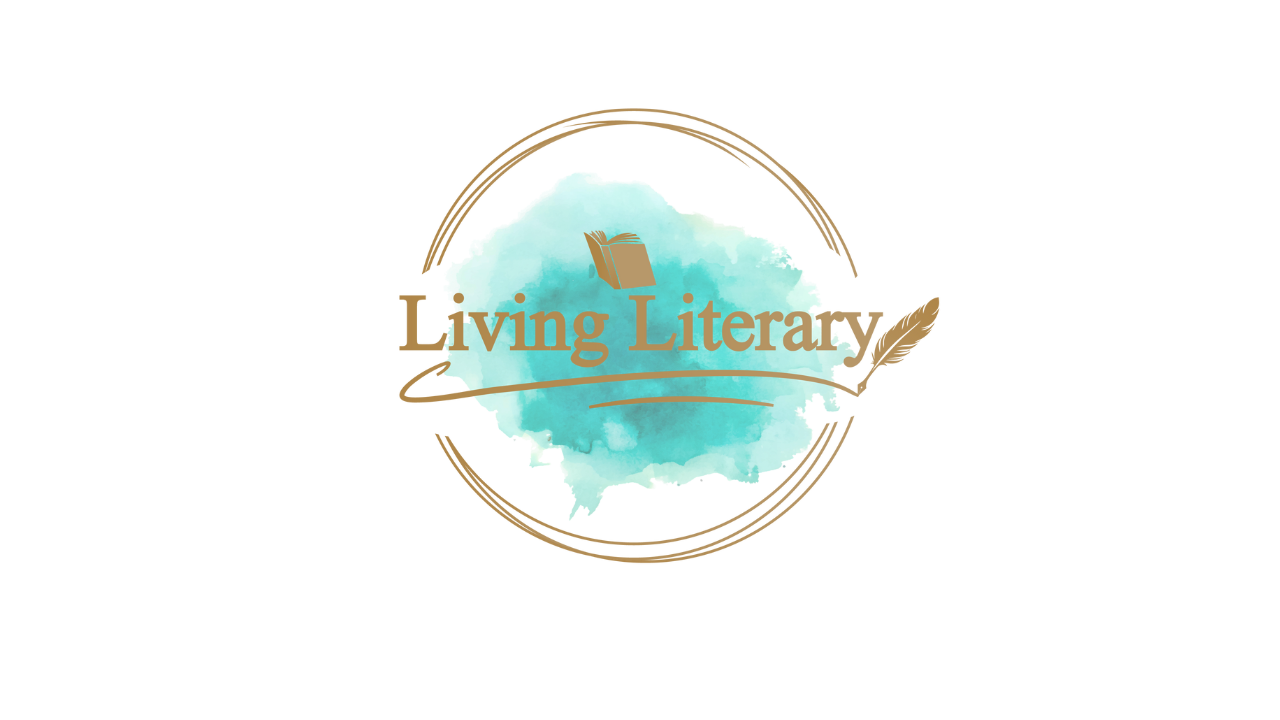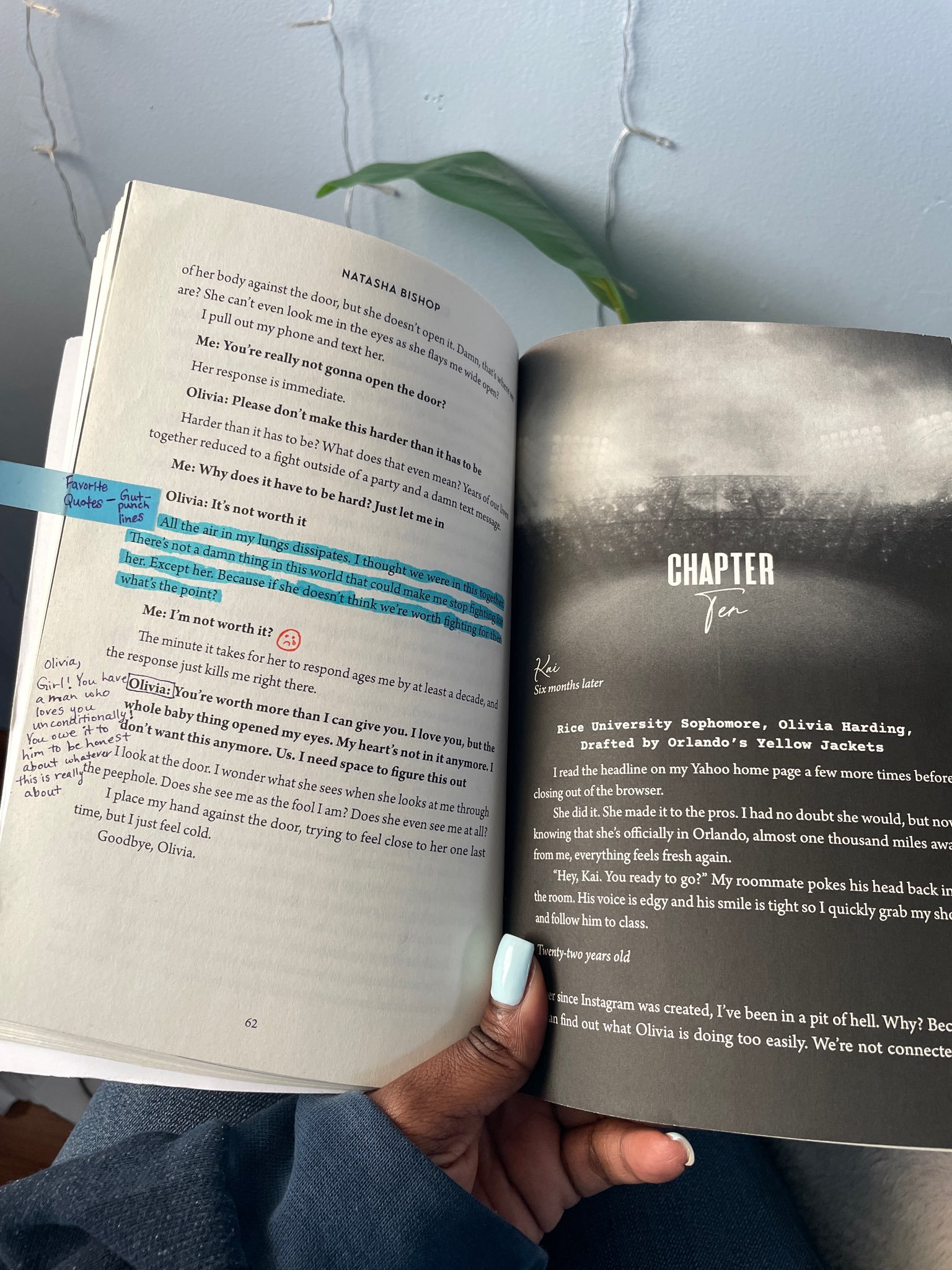How to Annotate a Book for Fun: Creative Book Annotation Tips
An annotator’s eye view & it’s beautiful.
Why Annotate a Book for Fun?
Remember in school when we had to annotate an article or some other piece of reading that the teacher gave us? Remember how much we absolutely dreaded it? I know I did. Especially if it wasn't an interesting read and usually… it wasn't. Well don't completely give up on the idea of annotating a book that you’re reading even if it's just for fun. Learning how to create annotated books can transform your reading experience. Annotating can deepen your connection to a story by encouraging you to actively engage with what you’re reading and make note of the things that sparked something in you.
In school, we annotated texts to better understand and memorize the information, usually with the goal of regurgitating it for assignments or exams. But when we annotate for pleasure, the focus changes. We annotate to feel, think, and relate. It's about dissecting the narrative not just to understand the author’s intent but to learn about ourselves through the process.
Whether you're new to annotating a book or experienced, let’s dive into some fun and creative ways to annotate books!
Essential Tools for Creative Book Annotation
Before you can start annotating, you need the right tools to get you started.
Pens & Highlighters:
You want to choose the right pens and highlighters and by “right” I mean you want to choose ones that won't bleed through the pages and that have a fine enough point for writing in tiny margins. My favorite highlighters are the Zebrite Double Ended Bible Highlighters because they don't bleed and they have the added benefit of having both a fine point side and a thicker side. My favorite pens are the Sakura Pigma Micron 005 pens. The point is incredibly fine and they don't bleed either.
Sticky Notes & Tabs:
Transparent sticky notes and tabs are perfect because you will still be able to see the words underneath them so you will not have to worry about needing to lift them and potentially ruin the book’s pages.
Digital Annotation Tools for E-readers:
Many e-readers and apps like Kindle, Apple Books, or Notion offer features to highlight text, add notes, and even export annotations for easy reference.
Fun and Creative Book Annotation Ideas
Highlight and Color-Code:
Use colors and annotation tools to track different elements. You can assign colors for themes, emotions, or characters. I like to assign one color and tool to a specific element. For example, I’ll use blue exclusively for quotes, highlighting them with a blue highlighter. For themes, I’ll choose a different color and tool, such as purple transparent sticky notes, reserved specifically for marking thematic elements.
Write Marginal Notes:
Jot down your reactions, questions, or connections to your life. You can also assign specific colored pens or pencils to different types of notes. For example, using one color for your reactions, another for your questions, and a third for connections to your life. This way, the next time you open the book, you can easily identify the purpose of each note at a glance.
The Dialogue Journal:
This is one of my favorite and most unique book annotation techniques for pleasure reading: having conversations with the characters! While we often write down our reactions and thoughts, directly responding to the characters adds a whole new layer to the experience! Maybe you cheer them on, question their decisions, or even give them advice—it’s like stepping into the story yourself! Plus, with this annotated book technique, when you revisit the book later, you can see how your original responses compare to how you feel now, which will give you a glimpse into how your perspective has evolved.
Draw or Doodle:
Who said drawing and doodling were just for kids? It isn't! Create your own artistic book annotation methods by adding sketches or visual notes inspired by the story, or sketch your reactions and scenes.
Mark Favorite Quotes:
I am a true quote lover so I always keep track of a book’s best and most memorable quotes. You can use symbols, sticky notes, or a dedicated “quotes” section in a journal to keep track of all your favorites.
Track Your Moods:
Books tend to give us all the feels—No matter the genre. Use handwritten emojis or short notes to reflect on how each part of the book makes you feel.
This scene called for all the highlighters and pens!
How to Annotate Books Without Ruining Them
For those readers out there who want to get started annotating a book but love clean pages and hate writing in books, creating annotated books while preserving them is still possible! You can use transparent sticky notes and tabs, my favorite transparent removable highlighters, or keep a separate notebook for your annotations. If you don't mind small markings then you can use a simple underline by color strategy with erasable colored pencils or pens for easy erasing later.
Creative Book Annotation Styles for Different Genres
If you like to read different genres, it could be fun to try using different annotation styles for different genres. For example:
For Fiction: Character sketches and plot predictions
For Poetry: Visual interpretation and rhythm mapping
For Non-fiction: Mind maps and personal connections
For Memoirs: Parallel life experiences
For Fantasy: World-building elements and map annotations
Building a Personal Connection Through Book Annotation
Creating a personal book annotation system is perfect for developing your own annotation style and making annotation a fun, personal experience rather than an academic exercise. Here are three creative ways you can do it:
Annotation Time Capsules: Make annotation time capsules by dating each annotation and including personal context (like location, mood, and current life events), then revisit the same passages months or years later with different colored pens to track how your perspective evolves over time.
Reading Soundtracks/Playlists: Create reading soundtracks or playlists (I love music so this one is a no-brainer for me. The most recent playlist I created was for the book Where We Found Our Passion by Natasha Bishop. It was a romance novel so you know the playlist is beautiful.)
Quick Sketches: Draw quick sketches or doodles that capture your emotional response to key scenes (don't worry if you’re not very artistic. Stick figures and simple symbols work great too!)
Final Tips for Stress-Free Book Annotation
Don’t overthink it: Focus on what’s fun and meaningful to you.
There’s no right or wrong way to annotate—make it your own!
Enjoy the process and let your annotations grow naturally over time.
Transform Your Reading with Book Annotation
I know it might seem intimidating at first, but trust me, with these book annotation methods, annotating books will be a fun way to make your reading experience more personal! Whether you're creating playlists like I did for Where We Found Our Passion (I’m still obsessed with that playlist) or just jotting down your thoughts and life updates as you read, these little touches transform a regular book into something that feels like home. Your personal annotated books will be your treasures. Just start with whatever method sounds most fun to you and go from there!
Hey, I'd love to know - how do you like to annotate your books? Drop your favorite methods in the comments!
Always here to empower and inspire,
Nadashia N.




